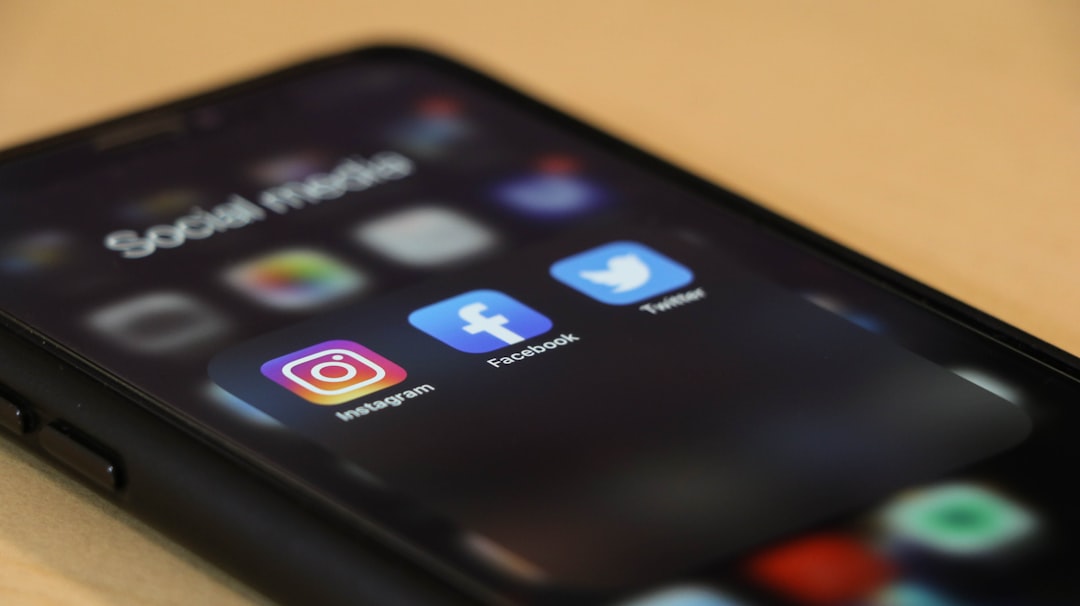The world of marketing is constantly evolving and businesses must always stay up-to-date with the latest trends and technologies in order to remain successful. One of the latest technology trends that has captured the attention of marketers worldwide is augmented reality (AR). Augmented reality is a technology that superimposes a computer-generated image onto the user’s view of the real world, offering an interactive and immersive experience. The use of AR in marketing can help businesses to create engaging and entertaining experiences for their customers, boost brand loyalty, and increase sales.
One of the main benefits of using AR in marketing is that it allows businesses to create an immersive experience for their customers. AR can be used to create 3D animations, videos, and interactive games that are designed to capture customers’ attention and keep them engaged with the brand. AR can help to create a unique and memorable experience, which can be used to reinforce brand identity and increase brand loyalty.
AR can also be used to showcase products in a more interesting and interactive way. For instance, a fashion brand could create an AR-powered dressing room that enables customers to virtually try on clothes and accessories before making a purchase. This would provide customers with a more personalized shopping experience, which could increase brand loyalty and sales.
Another way AR can be used in marketing is through the use of location-based AR experiences. This type of AR experience is particularly useful for businesses that have a physical storefront or location. With location-based AR experiences, businesses can create interactive experiences for their customers that are tied to their physical location. For instance, a restaurant could create an AR-powered scavenger hunt that leads customers to different locations within the restaurant, offering discounts or prizes along the way. This type of experience can be used to boost foot traffic and create a buzz around the brand.
AR can also be used to create educational content for customers. For example, a car manufacturer could use AR to create an interactive manual that shows customers how to perform maintenance on their vehicle. This type of content is not only useful for customers but also helps to build brand loyalty.
Finally, AR can be used in advertising campaigns to create more engaging and captivating content. For example, a retailer could create an AR-powered billboard that displays a 3D image of their latest product. This type of advertising could capture consumers’ attention and lead to increased sales.
In conclusion, the role of AR in marketing is to create engaging and immersive experiences for customers. It can be used to showcase products, create location-based experiences, educate customers, and create more engaging advertising. AR is still a relatively new technology in the marketing world, but it is increasingly being adopted by businesses seeking to create unique and memorable experiences for their customers. As AR technology continues to evolve, it is likely that we will see it becoming a more integral part of the marketing mix.












